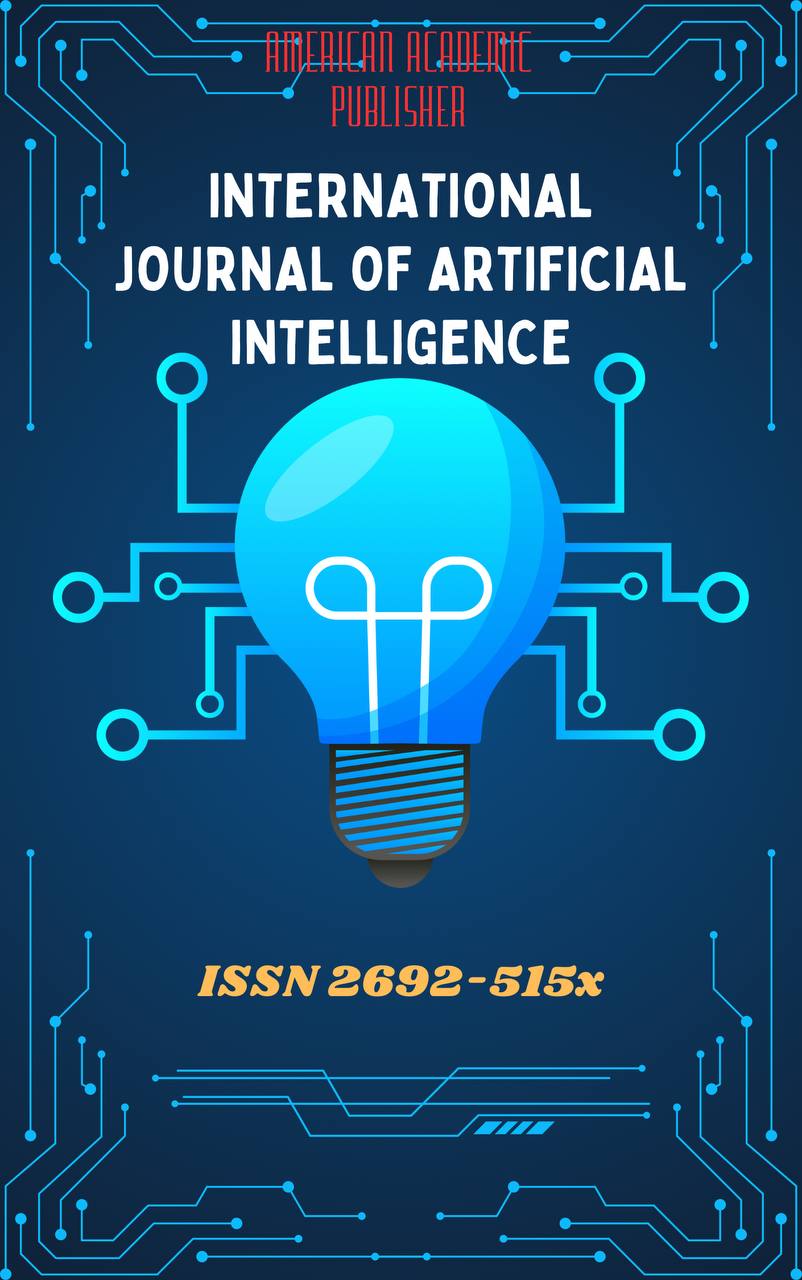 Articles
| Open Access |
Articles
| Open Access | THE SILENT PERIOD IN TEENAGE EFL LEARNERS: UNDERSTANDING AND SUPPORTING SILENT LEARNERS
Okhunov Mukhammadyusuf Nematillo ugli , Lecturer of the department of foreign languages, Journalism and Mass Communications University of Uzbekistan.Abstract
The silent period is a well-documented phase in second language acquisition, during which learners, particularly adolescents, may refrain from producing spoken language despite exposure to the target language. While this phenomenon is commonly observed in young learners, its occurrence in teenage English as a Foreign Language (EFL) students is less frequently discussed. This article explores why some adolescent learners experience an extended silent period, the psychological and cognitive factors influencing their reluctance to speak, and how educators can support them without forcing premature production. Drawing from Krashen’s Input Hypothesis, affective filter theory, and sociocultural perspectives on language learning, this paper provides practical classroom strategies to foster a supportive environment that encourages gradual language development. By understanding the causes of silence and implementing effective scaffolding techniques, educators can help teenage EFL learners transition from passive listening to confident language use.
Keywords
silent period, EFL learners, adolescent language acquisition, affective filter, input hypothesis, classroom strategies, second language learning.
References
Brown, H. D. (2004). Language assessment: Principles and classroom practices. Pearson Education.
Dörnyei, Z. (2001). Motivational strategies in the language classroom. Cambridge University Press.
Ellis, R. (2005). Instructed second language acquisition: A literature review. Report to the Ministry of Education, New Zealand.
Gibbons, P. (2002). Scaffolding language, scaffolding learning: Teaching second language learners in the mainstream classroom. Heinemann.
Horwitz, E. K., Horwitz, M. B., & Cope, J. (1986). Foreign language classroom anxiety. The Modern Language Journal, 70(2), 125-132.
Krashen, S. D. (1982). Principles and practice in second language acquisition. Pergamon Press.
Krashen, S. D. (1985). The input hypothesis: Issues and implications. Longman.
Lightbown, P. M., & Spada, N. (2013). How languages are learned (4th ed.). Oxford University Press.
MacIntyre, P. D. (2007). Willingness to communicate in the second language. The Modern Language Journal, 91(4), 564-576.
Swain, M. (2005). The output hypothesis: Theory and research. Handbook of Research in Second Language Teaching and Learning, 1, 471-483.
Article Statistics
Downloads
Copyright License

This work is licensed under a Creative Commons Attribution 4.0 International License.

